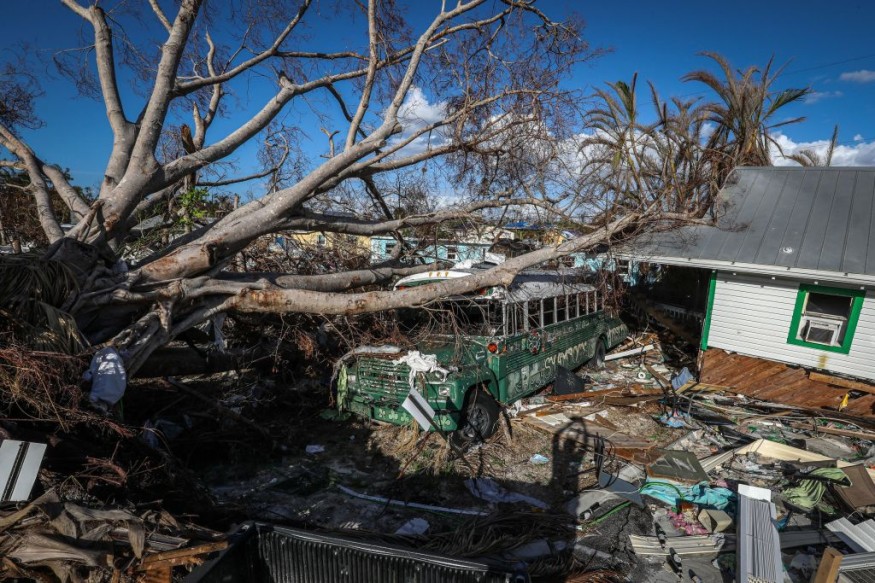
A new study suggests that some regions in Miami-Dade County in Florida will become uninhabitable due to sea-level rise (SLR) and floods, while rising demand for housing in safer areas may result in displacement due to economic pressures.
The study was just published in the journal Environmental Research Letters and examines both the physical and socioeconomic effects of sea-level rise.
Population Classified Into Groups
To estimate how residents will be affected, the study combines building-by-building projections of floods caused by direct sea-level rise, rainfall, or storm surge with fine-grained demographic data.
In addition to flood maps, the researchers used US Data from the Census Bureau was used to chart economic and social aspects that might make people more or less vulnerable, such as age, race, level of education, income and work status, and whether they owned or rented their homes, among other things.
They then classified the population into four groups.
They claim that a one-meter sea-level rise-a middle-of-the-road scenario for the end of the century-could force 56% of the population, largely on higher ground, to evacuate.
These people are referred to as "displaced" by the researchers.
The second largest group was termed "trapped," with roughly 19% of the people living in regularly flooded terrain but unable to flee to safer neighboring ground.
According to the researchers, another 19% would be "stable," living in places not prone to flooding and able to stay there.
Only 7% of the population-basically the wealthiest, whom the researchers categorized as "migrating"-would be immediately vulnerable to floods in shoreline or low-lying regions, but would be able to relocate to safer areas within the metro area.
The study predicts that if sea levels rise by more than a meter, direct flooding, rather than economic constraints, will become the major driver influencing communities.At two meters-quite high in the present range of projections, but not impossible-approximately 55% of the population will be directly swamped by a combination of rising sea level and, to a lesser extent, rainfall. In this scenario, 49% of the people would be trapped and 25% would be displaced.
Only 8% would be considered stable.
Read Also : Storm System Causes Urban Flooding due to Heavy Rain in Some Parts of South Florida and the Florida Keys
Climate Gentrification
The research makes no mention of how many individuals are now affected by flooding, either directly or indirectly.
However, floods have already become a common occurrence, as monthly tidal maxima percolate up into sewers during so-called sunny day flooding and rain with nowhere to drain pools in streets.
According to Seeteram, the kind of flash flooding that made headlines in New York City after a heavy storm at the end of September would be considered simply another day in sections of Miami throughout the May-October wet season.
Over three-quarters of Miami residents have been personally affected by flooding caused by rainfall in some way.
There are also some signs that climate gentrification-the displacement of lower-income people from higher-elevation places predicted by the study-is already occurring.
For example, in recent years, the Little Haiti area, which is at a relatively high elevation of 10 feet above sea level, has experienced a rapid surge in development and property values, raising concerns among the predominantly black residents that they may not be able to stay.
Study co-author Katharine Mach of the University of Miami said there is "a great, raging debate" about whether climate gentrification is underway. "I suspect it is already happening," she said.
Related Article : Hundreds of Houses in Florida Expected to Remain Submerged in Floodwaters Until Thanksgiving in November
Related Video:
© 2025 NatureWorldNews.com All rights reserved. Do not reproduce without permission.





